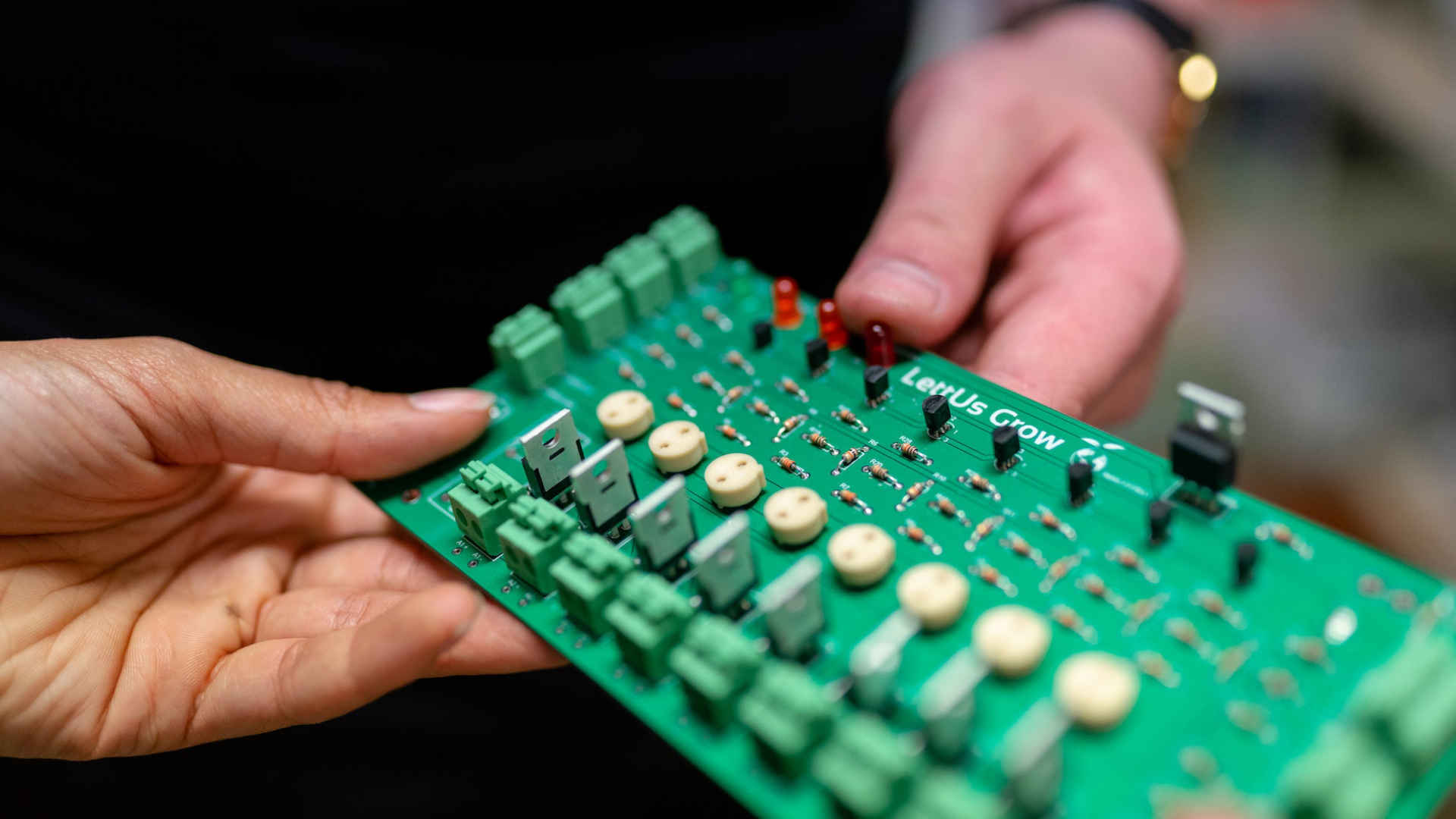Electrical and electronic engineering plays a crucial role in the technologies you use every day, from electric vehicles to mobile phones and computers. In this field, you’ll explore electrical power and control, electronics, telecommunications, and computer systems.
You’ll see how modern life depends on electrical energy for heating, cooling, transportation, lighting, and manufacturing. As an Electrical and Electronic Engineer, you’ll work on generating, transmitting, and distributing electrical energy, including from renewable resources.
With electronics being one of the fastest-growing technology sectors, you’ll be at the forefront of industries like robotics and telecommunications. As society advances with innovations like the Internet of Things (IoT), your future role will be key to shaping the future.
In your first year, you’ll build essential knowledge alongside students from other engineering disciplines, focusing on physics, chemistry, and mathematics.
| Location | Perth, Malaysia or Sri Lanka |
| Study method | Full-time |
| Study mode | On-campus |
| Intake | February or July |
| Duration | 4 years |
Why Electrical and Electronic Engineering?
- Be part of one of the fastest-growing fields, with opportunities in robotics, telecommunications, and the Internet of Things (IoT)
- Play a crucial role in industries driving modern life, from renewable energy to transportation and manufacturing
- Gain fundamental and advanced knowledge through a mix of theory, simulation, and hands-on practice
- Learn from experienced teaching staff with strong industry backgrounds and connections
- Benefit from collaborations with industry players for valuable real-world exposure.
View course information disclaimer
This page was last updated on 5 November 2025

